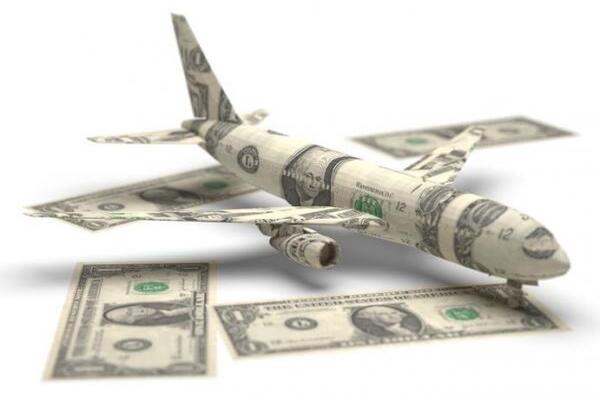Aviation is one of the areas where the most modern and advanced systems are used. New inventions are often first used in airplanes and then spread to other branches of the industry. Discoveries such as GPS system, ABS (Anti-skid) brakes, composite materials, and communication technologies have always progressed under the leadership of aviation. We even mentioned earlier in our article titled “Compete in Practice” about the difficulties of catching up with the current technology that started at the design stage for aircraft manufacturers.
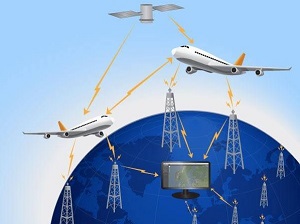
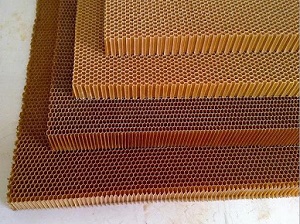
However, it is not possible to say the same thing today. Because the speed of development of technology, especially electronic and personal equipment, has far exceeded the speed that aviation can keep up with. Existing airplanes are extremely idle in accommodating modern and advanced technology. There are several different (and justified) reasons for this.
The first and foremost reason is compliance with the systems already installed. In a sense, status quo. Since aviation contains very high-cost investments, nobody wants to give up their investments easily. Especially short-term investments are now an area that everyone avoids.
The second major reason that has become much more apparent with the Covid crisis is fragility and uncertainty afterwards. The industry has experienced that it can go into depression much more rapidly than it has experienced from the September 11 World Trade Center attacks. It has become difficult even to have a profitable flight route that can be traveled, let alone the food, beverage, or extra baggage on the flight.
Another reason is compatibility with existing infrastructure. In other words, the industry does not want to give up the systems that it has completed its training, guaranteed the success of its teams and used for many years. Due to the pressure of the regulations, the adaptation processes always involve risks and they are not wanted to be done unless they are obliged. For example, the Boeing 777X model, which is still in the testing stages, was designed in response to the new needs of the industry, and was built entirely on the base of the previous generation ancestor Boeing 777.
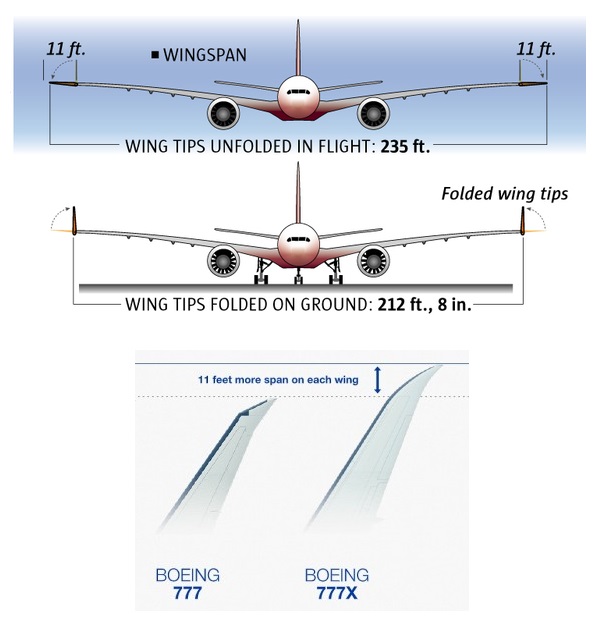
Thus, pilots, cabin crews, ground crews, maintenance centers, technicians, airports, tools and equipment will continue to be used almost exactly. So much so that even the aircraft’s need for wider wings made it compulsory to design wing tips that became folded and shortened. Thus, new Boeing 777X was made to fit wherever the width of previous model Boeing 777 wing fits.
Boeing 777X folded wingtips allows it to fit in the same space as Boeing 777
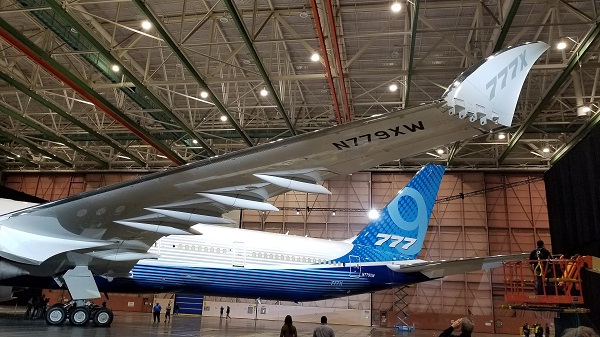
The early retirement of the Airbus A380, another example related to the same issue, was also due to similar reasons. It was not desired to make investments to solve problems such as the inadequacy of the runways of the existing airports, single-storey passenger bridges, tight parking lots not matching the width of Airbus A380 wings.
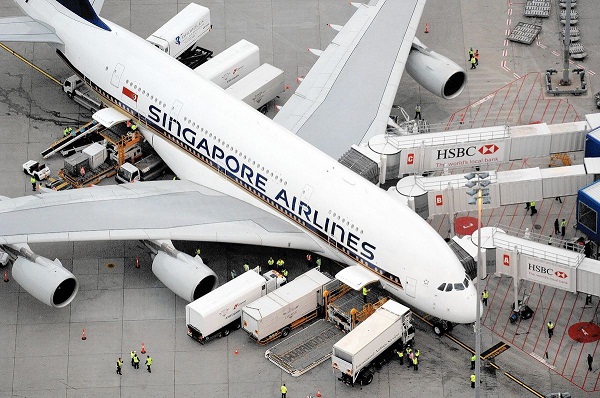
Another important factor is the speed of integration. Aviation is an industry that is over-regulated for safety reasons. While this makes us feel safe, it can also hamper the improvements expected to be made on time. As the simplest example that concerns us all, there are many steps to be taken to provide wireless internet access to an airplane. The processes to review the compatibility of the system that will provide wireless access with the existing systems on the aircraft, to take the necessary measurements from the aircraft, to design and test the system, to approve the design by the authority, to install and use it on the aircraft, must be all planned and followed separately. A separate team, budget and time are required for each of the steps we have listed. You can easily estimate how costly and difficult it is to apply all these steps listed for a single aircraft to a fleet of 20-30 aircraft, differing from each other. Any airline needs roughly a total of 2-3 years to make such a decision, examine the systems and evaluate the most appropriate solution, make the agreement, test, and install. However, since airplanes are usually leased (or operated) for 5-6 years, no airline will incur such an expense for a rental aircraft that has completed its half-life. Therefore, adapting new technologies to existing aircraft is getting more and more difficult.
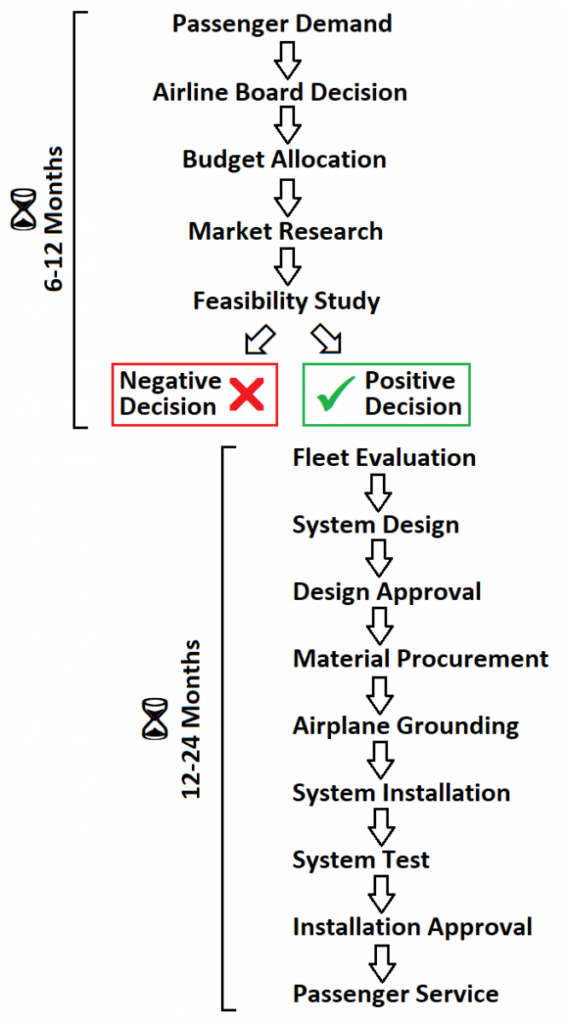
The biggest factor that causes such a prolongation of the work is that the aircraft must stay on the ground for a long time and be taken to the hangar environment for the installation of the new system. Of course, airlines do not want to give up their earnings by stopping the flights of the aircraft and incur additional hangar expenses. For this reason, it is preferred to postpone such major tasks until the planned long maintenance period of the aircraft. However, since such long planned maintenance is done around every 2 years, the completion of the work becomes very long so it is no longer considered as a feasible investment.

In the short term, the solution is to buy or lease the aircraft from the manufacturer or leasing company with as much time-saving and long-term systems as possible. For example, removable pad displays, wireless communication systems, cheap and light seats with only power units. In the long run, it seems to have an airline identity with certain quality and equipment, rather than multiple airlines with similar systems. It seems that it will be the new trend for those who want cheap tickets to turn to alternatives such as Ryan Air, Easy Jet, Pegasus Airlines and choose long-established flag carriers for those who want luxury or at least a little more comfort. Flag carriers also will meet the limited expectation in mid-class quality with their old model aircraft.
Aviation is now evolving towards the separation of airline identity and service models, not aircraft models. Airline brands will become synonymous with service quality and ticket price. In the same period, it seems that leasing companies will have to bear or share the costs of the necessary changes to persuade airlines to rent second-hand aircraft.
